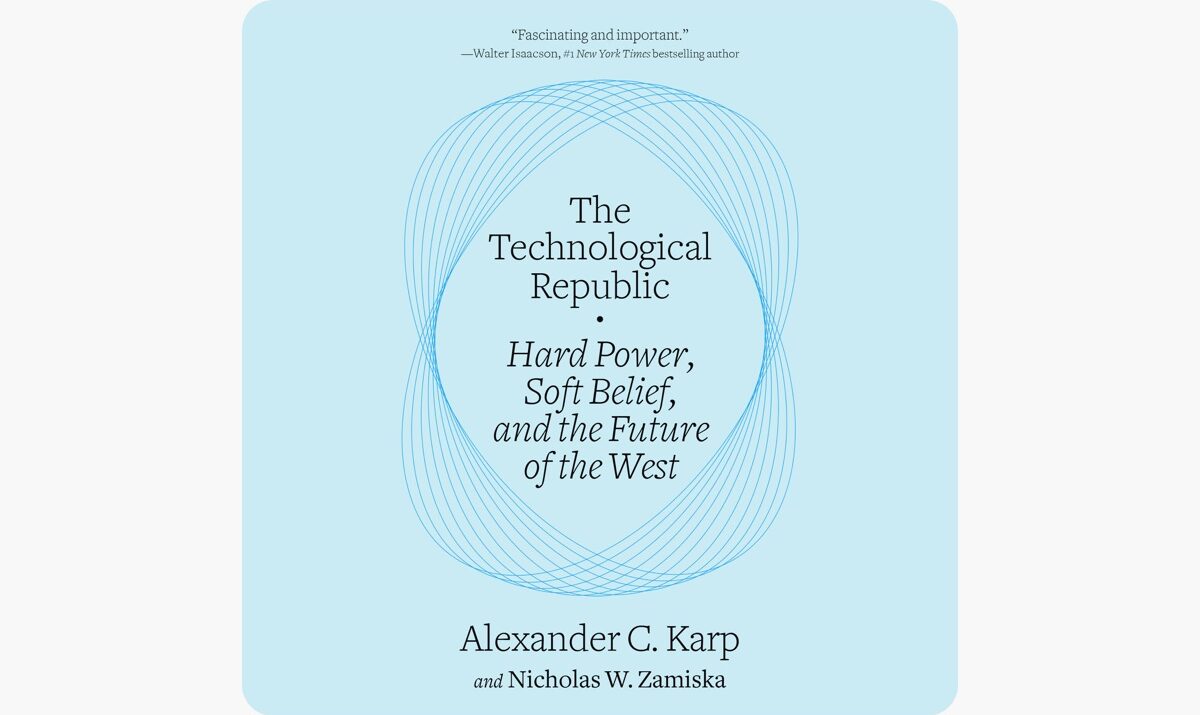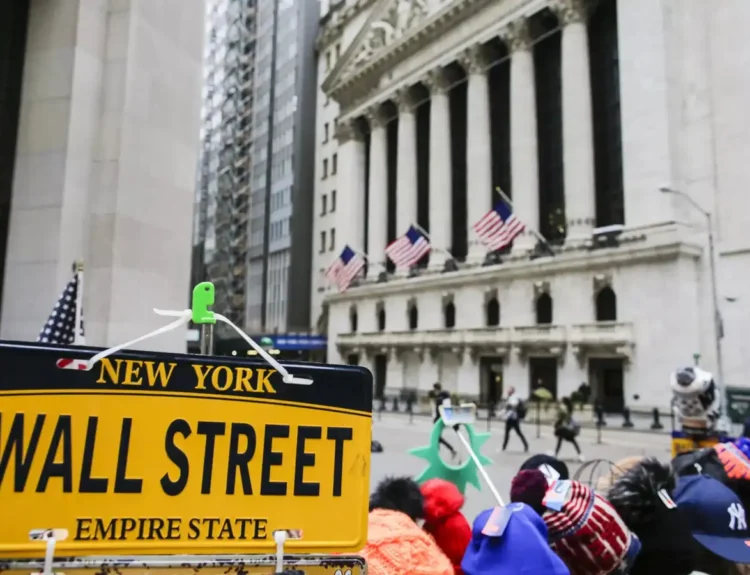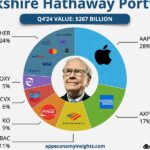In “The Technological Republic: Hard Power, Soft Belief, and the Future of the West,” authors Alexander C. Karp and Nicholas W. Zamiska present a compelling critique of the current trajectory of Silicon Valley and its implications for Western geopolitical dominance. Drawing from their experiences at Palantir Technologies, they argue that the erosion of collaboration between the tech industry and government has led to a culture of complacency, jeopardizing the West’s strategic position in the global arena.
The Erosion of Tech-Government Collaboration
Historically, Silicon Valley’s rise was fueled by a robust partnership with the U.S. government, leading to groundbreaking innovations in defense and technology. However, Karp and Zamiska observe that this relationship has deteriorated, with tech companies now prioritizing consumer-driven products over national interests. This shift has resulted in a focus on developing photo-sharing apps and marketing algorithms, sidelining significant challenges such as national defense, healthcare, and education. The authors contend that this narrow-minded pursuit of market demands has caused the U.S. to lose ground in critical areas like artificial intelligence and cybersecurity.

The Call for Renewed Ambition and Purpose
To counteract this decline, the authors advocate for a revival of the collaborative spirit that once defined the tech-government relationship. They emphasize the need for the software industry to recommit to addressing pressing societal challenges, including the new arms race in artificial intelligence. This entails not only technological innovation but also a cultural shift within both the tech sector and government institutions. Karp and Zamiska stress the importance of leaders embracing intellectual rigor and fostering environments where ideological confrontation is welcomed, as this is essential for technological and economic advancement.
Preserving Democratic Values Through Collective Experience
The book also delves into the broader societal implications of the tech industry’s current path. The authors argue that the West’s commitment to free speech and shared cultural values has been instrumental in its technological and economic success. They caution that neglecting these communal experiences and collective identities can lead to societal fragmentation, making it imperative to re-embrace shared purposes and civic rituals. This collective experience is viewed as vital for maintaining the cultural foundation necessary for technological progress and the preservation of democratic institutions.
A Vision for the Future
At its core, “The Technological Republic” serves as a rallying cry for the West to awaken to the realities of the modern world. Karp and Zamiska provide an insider’s perspective on Palantir’s broader political mission, offering a passionate plea for a renewed alliance between technology and government. They envision a future where this partnership not only addresses immediate challenges but also fosters a culture of ambition and resilience, ensuring that the West remains a formidable force in the global landscape.
In summary, the authors present a thought-provoking analysis of the current state of the tech industry and its broader societal implications. They call for a reinvigoration of the collaborative spirit between Silicon Valley and government, emphasizing that such a partnership is crucial for technological innovation, economic prosperity, and the preservation of democratic values in the face of mounting global challenges.
Related:
Can Broadcom Save Intel? What Investors Should Know About the Latest Deal Rumors
Congressional Stock Trading Scandal: Lawmakers Profit Big on Palantir Stock Surge
Bullish Momentum vs. Financial Reality in Palantir
Is Palantir Proving to be the Dark Horse AI Stock?
China’s Quantum Computing Breakthrough Raises Concerns—Is This Why Quantum Stocks Are Dropping?
The 2025 stock market rally isn’t just about the Magnificent 7
Elon Musk plans to send a Tesla Bot with Grok AI to Mars by late 2026
Elon Musk Unveils “World’s Smartest AI”—Trained on 100K NVIDIA GPUs










